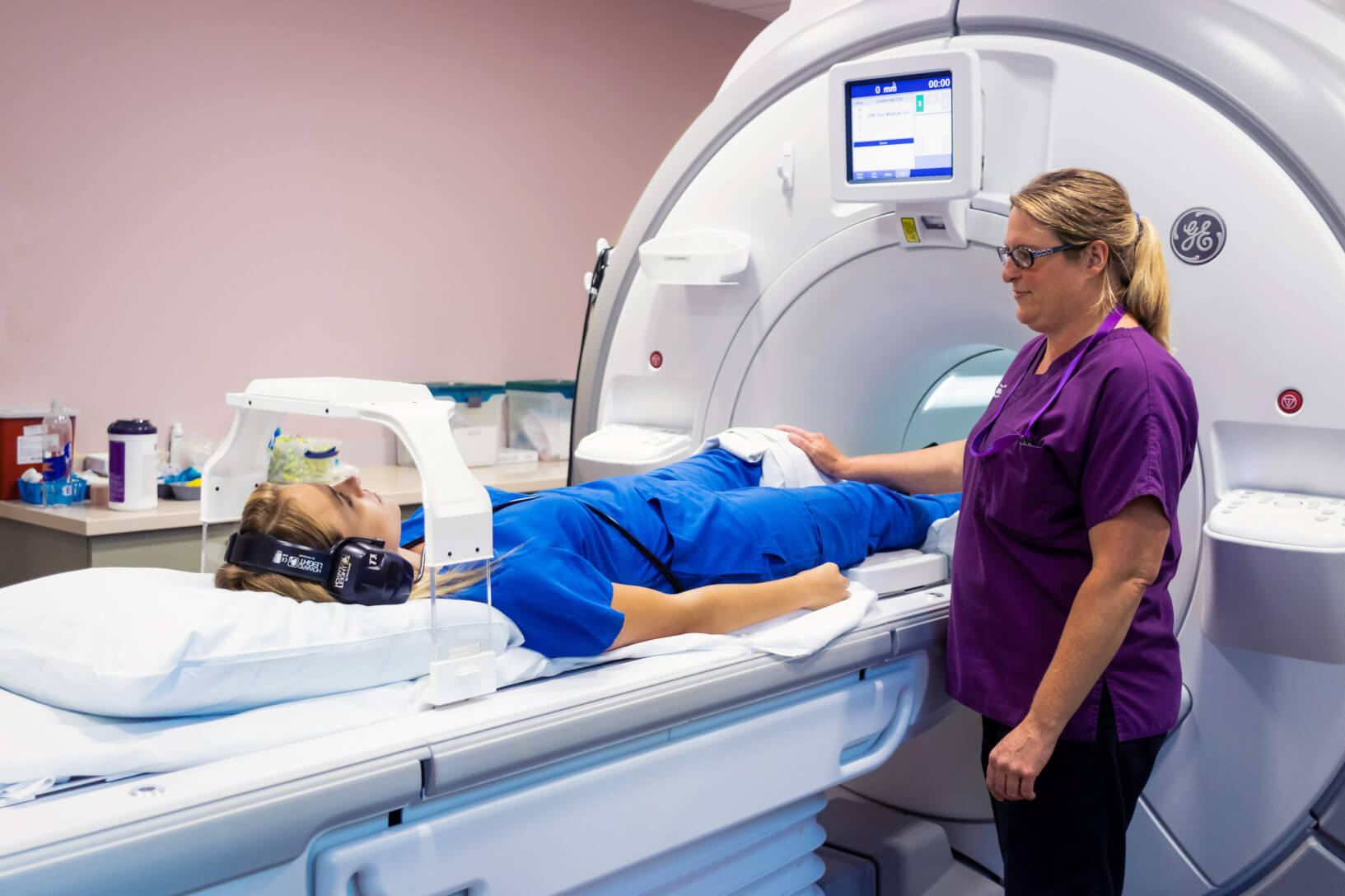

MRI machines are loud. That “loudness” measures in around 110 decibels. That’s the equivalent of a rock concert. Prolonged exposure to noise above 85 decibels is harmful to hearing. Hearing loss is possible in less than 5 minutes, according to the CDC.
That level of noise requires some sort of hearing protection. But what are the options? Keep reading for a comparison of some of the different forms of hearing protection for MRI scanners.
Tried and true, foam ear plugs are easy to use and inexpensive. Unfortunately, they’re not all that comfortable. Though quality MRI-rated earplugs can be very effective at reducing decibels, they don’t always create a good seal in everyone’s ears. This is especially true if you’re working with children.
Foam ear plugs are good to have on hand, as they can be doubled up with over-the-ear hearing protection to provide an extra level of noise reduction for sound-sensitive patients. But as a primary form of hearing protection, there are better options.
For most, headphones are the best, most comfortable form of hearing protection. Headphones come in two varieties, in-ear and over-ear. In-ear are inserted inside the ear canal and work a lot like traditional foam earplugs or earbuds you see at the gym. Over-ear sit outside the ear and form a seal around it, making them a great option for anyone who has a hard time keeping earplugs or earbuds in their ears.
Choosing one over the other mainly comes down to space. Over-ear protection is typically more comfortable and easy to adjust to fit adults and children alike. In-ear headphones are designed to fit into tight spaces, such as head and spine coils. They also reduce slightly noise, though both models are comparable in terms of noise attenuation.
Our premium sound system is rated to reduce noise by 29 decibels. The decibel scale is logarithmic, meaning the loudness of what you hear is not directly proportional to its intensity. For reference, a 29 decibel reduction on an MRI puts the noise roughly equivalent to that of a lawnmower. Our headphones come in two varieties, in-ear and over-ear – meaning you can mix and match and pick what’s right for your practice.
Aside from comfort, perhaps the biggest benefit of headphones versus traditional foam ear plugs is that headphones play music. There is reason to believe that MRI patients are more likely to experience claustrophobia than the general public. Does that mean those who require MRIs are somehow predisposed toward claustrophobia? Probably not. In all likelihood, it’s the scanners. They’re cramped and loud – for many, that’s enough to trigger anxiety.
The beauty of headphones is that they allow for distraction. Music is known to be therapeutic, allowing patients to relax and zone out during their scans. Patients pick their genre before the scan begins, giving them some feeling of agency over the scanning process.
Our premium sound system is easy to use and scales up based on your needs. Ready to learn more? Click here to download our brochure.